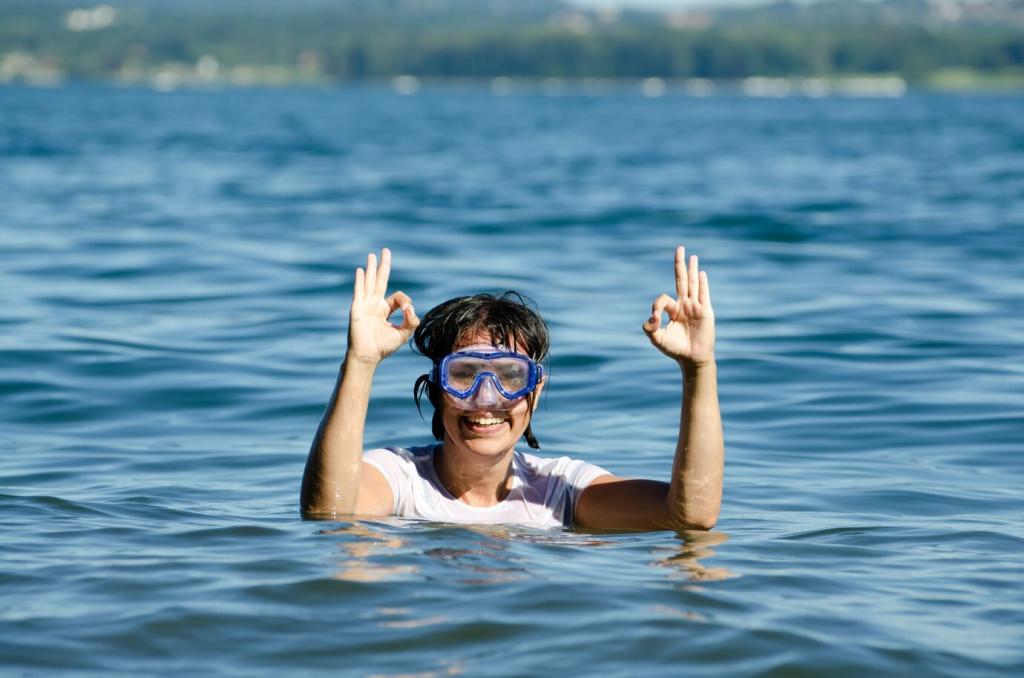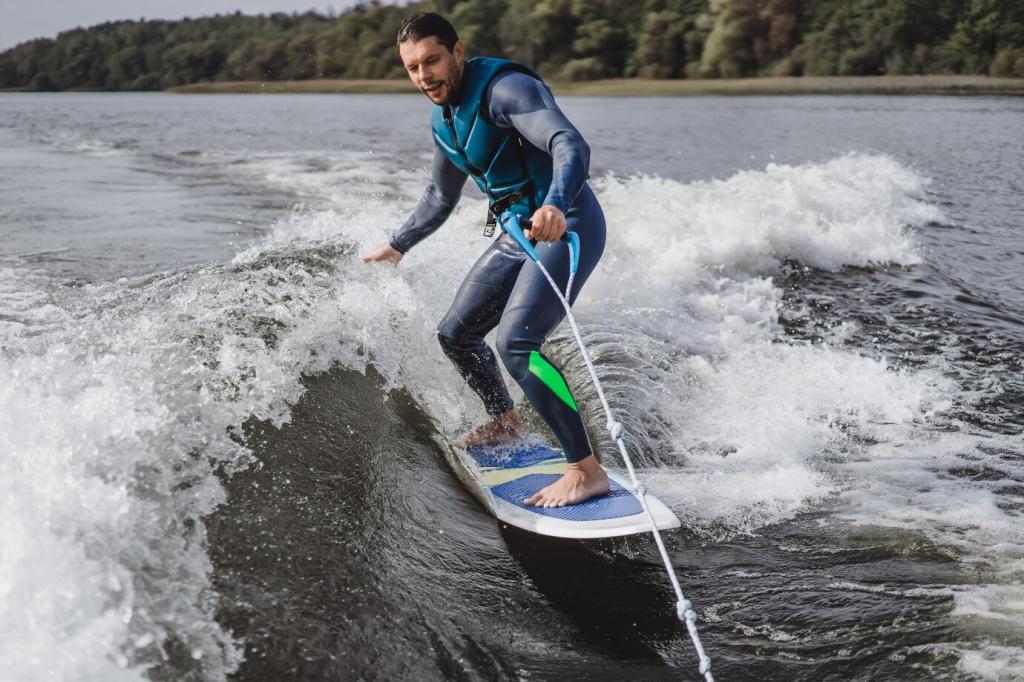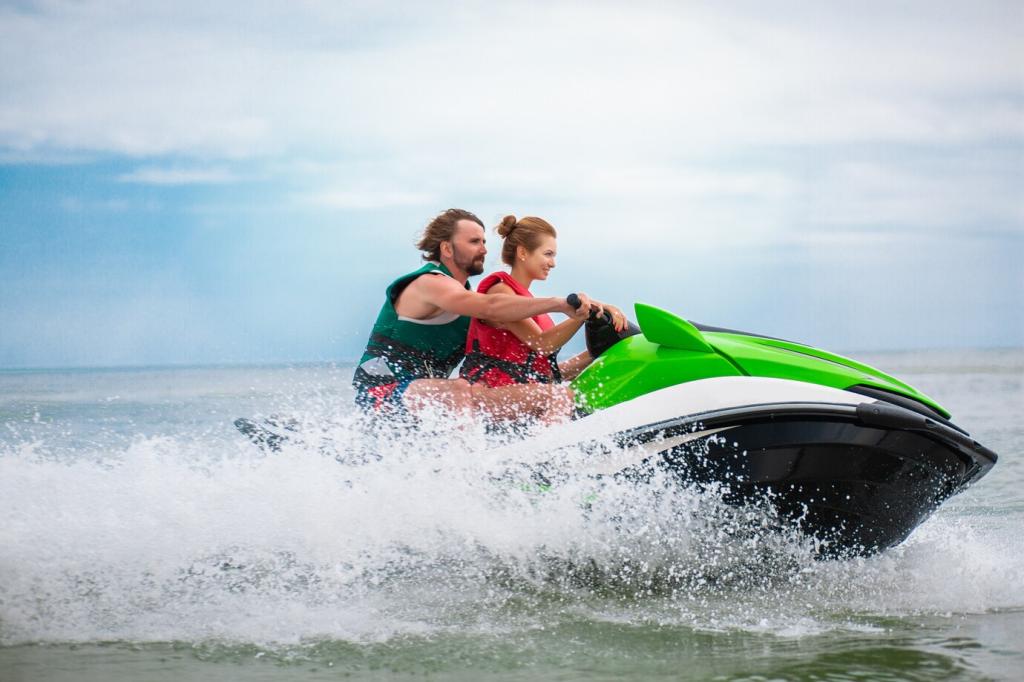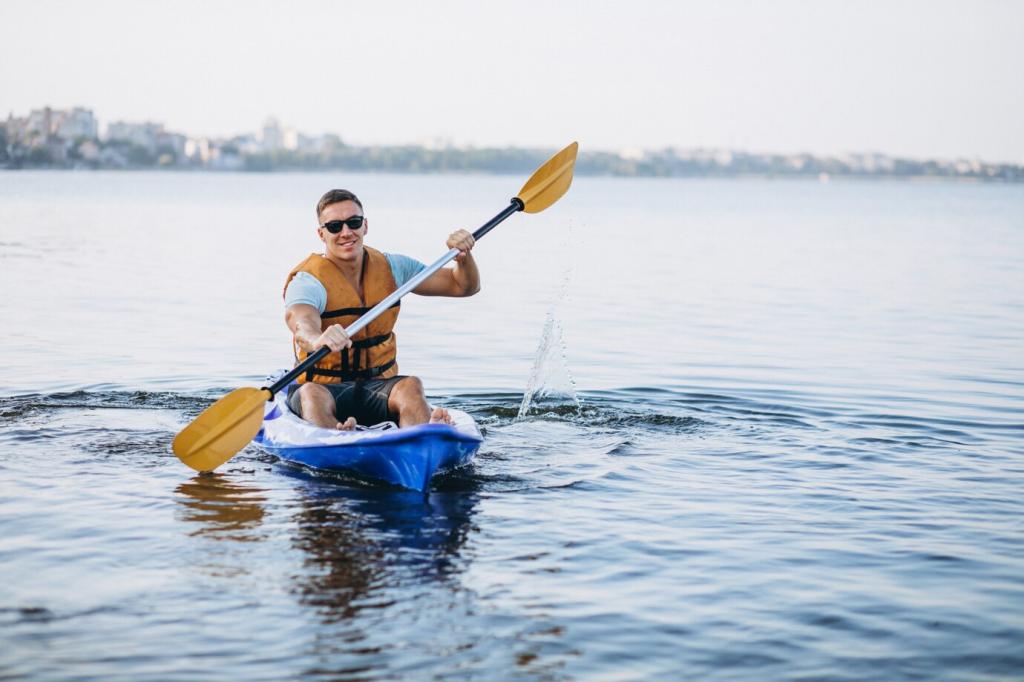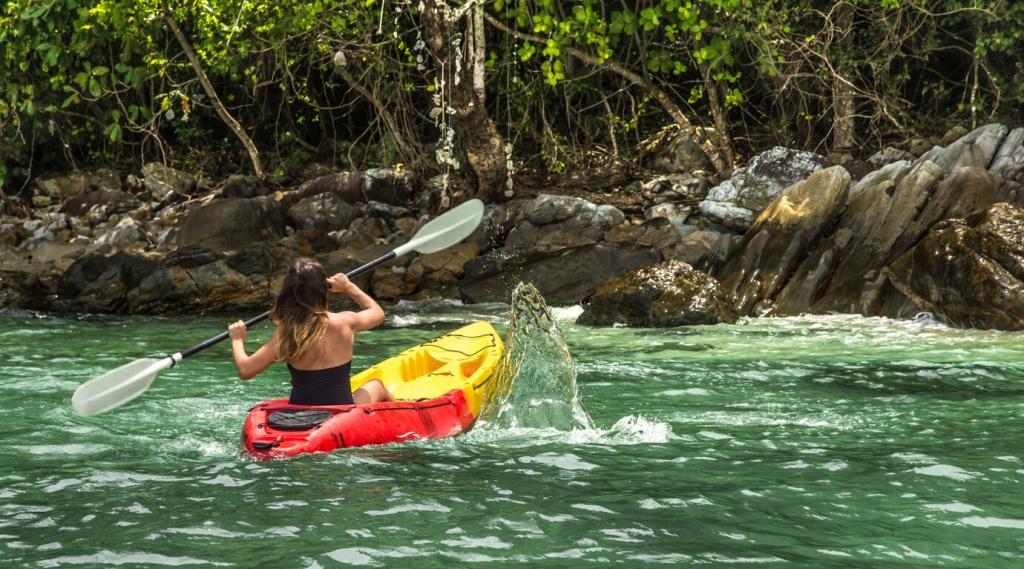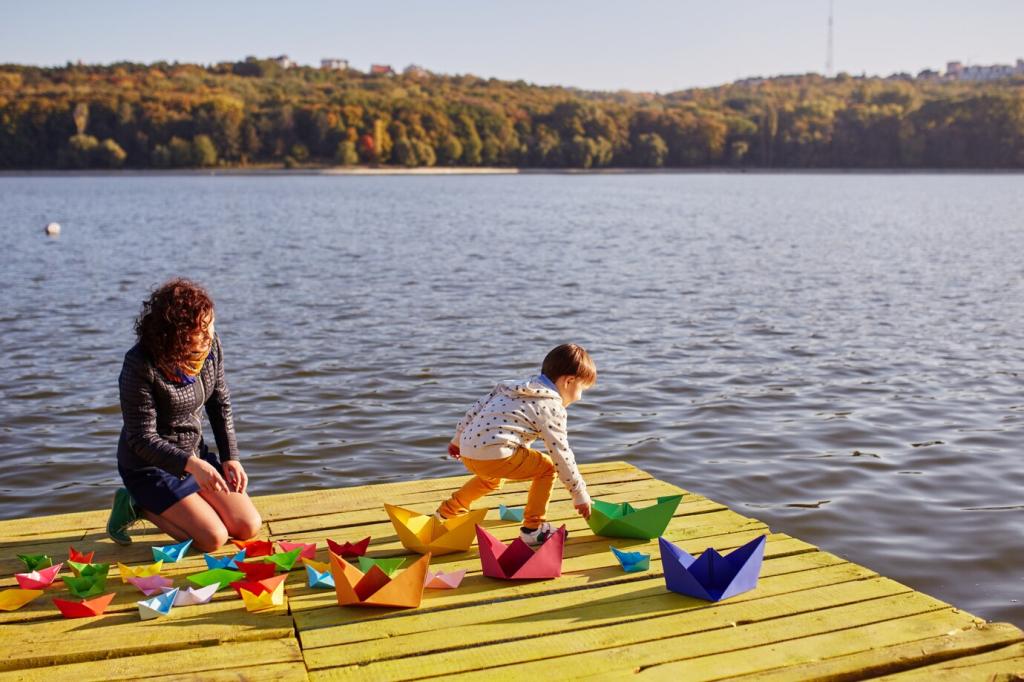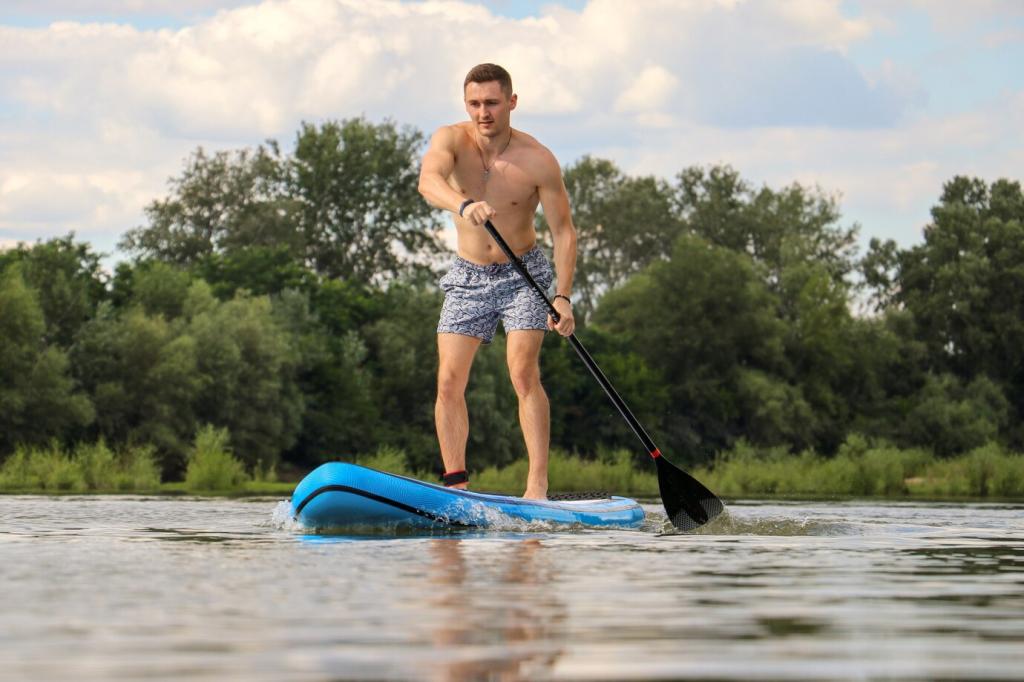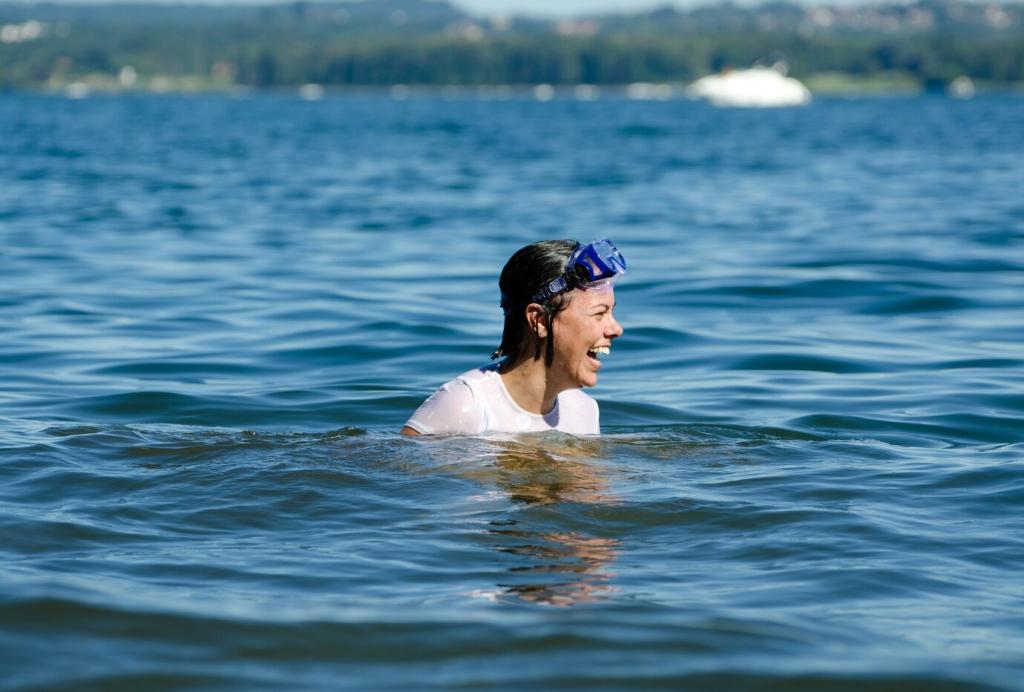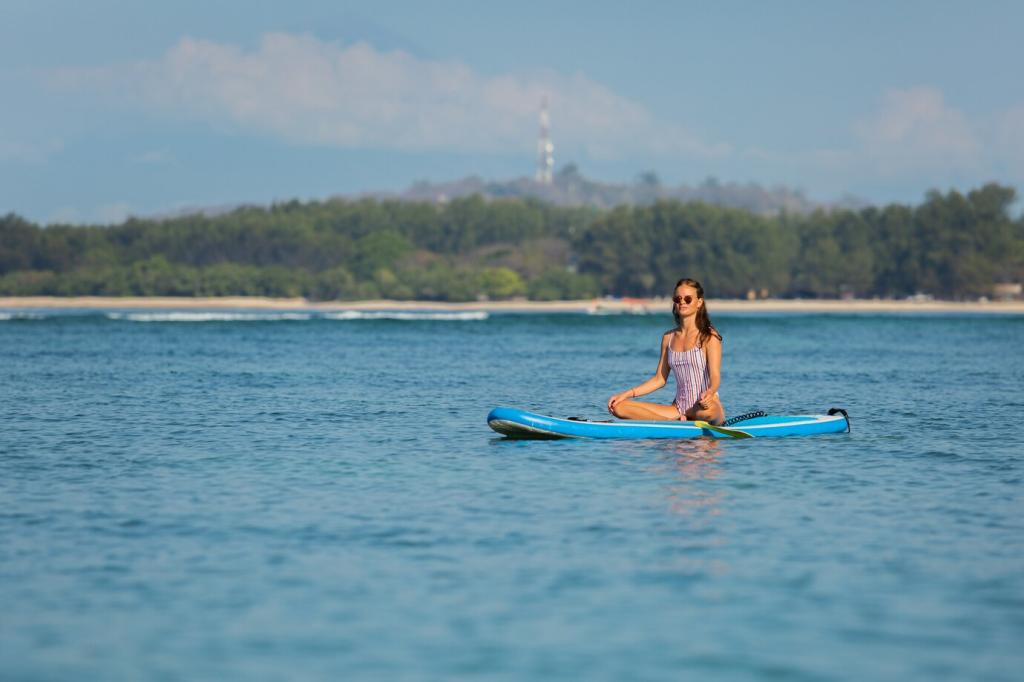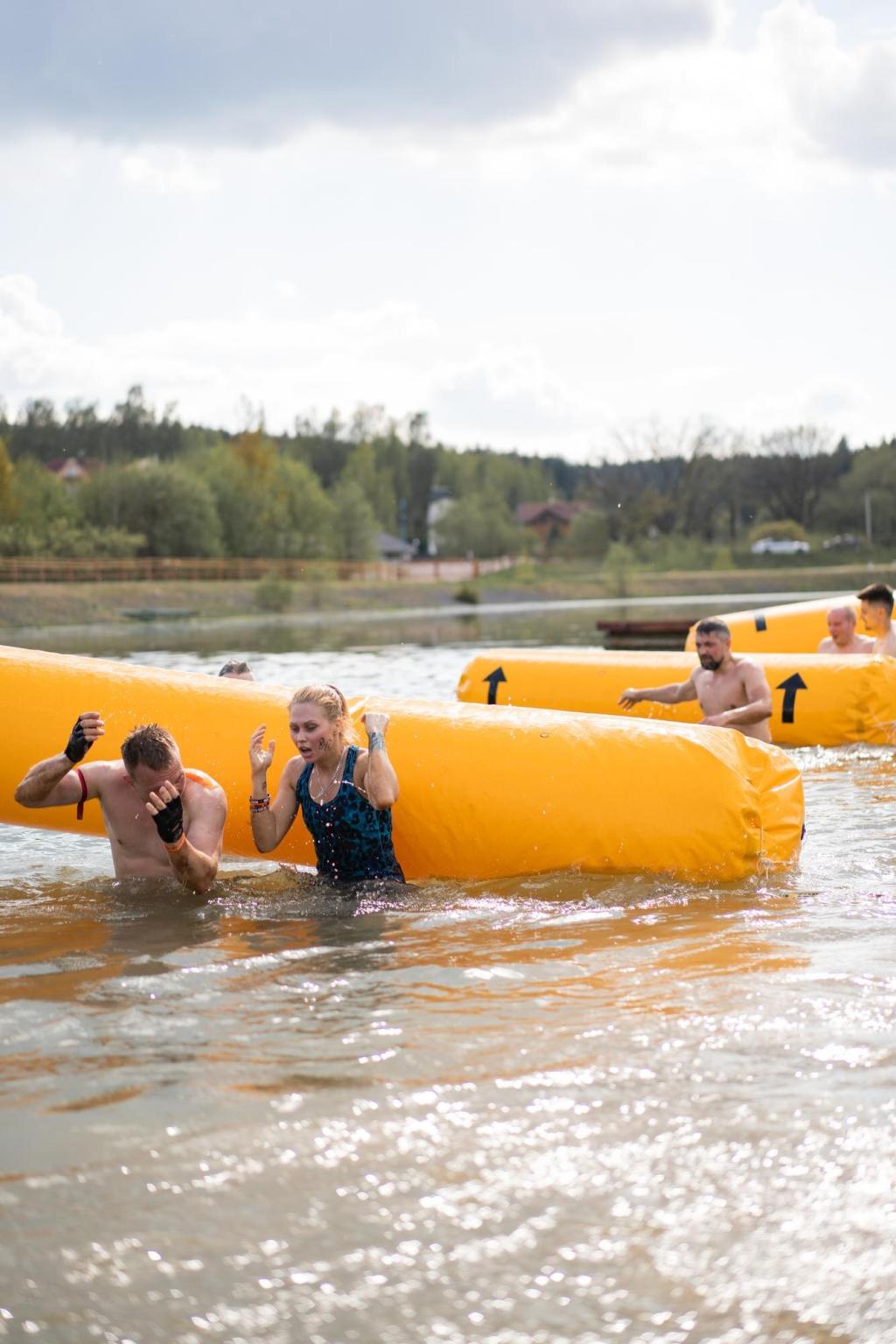Weather Awareness and Smart Trip Planning
Look beyond sunny icons. Check wind direction shifts, gust factors, wave periods, and local advisories. If you use multiple apps plus NOAA or your national authority, tell us which combination has proven most reliable in your waters.
Weather Awareness and Smart Trip Planning
Share route, crew names, boat description, and ETA with a shore contact. When fog trapped us one summer afternoon, our float plan kept family calm and prepared, not panicked. Post your float plan checklist to help others refine theirs.

